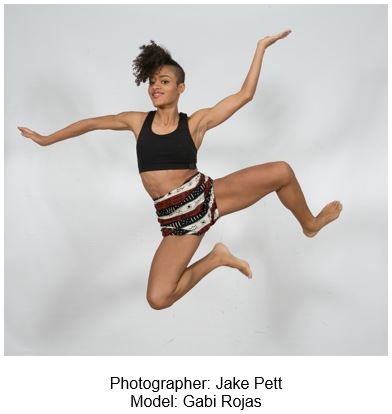What Dancers and Dance Teachers Need to Know about Motor Development, Motor Control, and Motor Learning: Part II
Authors: Donna Krasnow, PhD, and Virginia Wilmerding, PhD
This is the second of three posts looking at the field of motor behavior and its impact on dance training. This post will deal with motor control. Motor control is the study of the nervous system, that is, the brain and all of the nerve cells communicating with the body, and how this system organizes and guides the muscles to create coordinate movement. It also explains how the senses such as vision and hearing, as well as information from the environment, are used to accomplish movement. The study of motor control can yield valuable tools for the dancer and the teacher.
Sometimes teachers suggest that dancers try to contract individual muscles consciously to create dance movement. However, once teachers and dancers understand how the brain functions to create movement patterns with multiple muscles, and the nonconscious processes that are ongoing, they will realize that what they are attempting to do is inefficient. They will be more effective using language that describes whole tasks.
One important aspect of motor control is attention, which simply put is concentrated mental activity. Today people think that it is possible to multi-task, but in truth, when two or more tasks demand the same type of attention, the brain must switch back and forth. It cannot do the two activities at the same time. This is why we can drive and listen to music, but we cannot drive and text safely at the same time, because both demand visual attention. If dancers are distracted in their attention in class or rehearsal, they will not be able to dance their best. Finally, levels of sleep and anxiety can greatly affect attention.
Motor control is a balance between movement that is primarily centrally controlled, and movement that is primarily responding to environmental factors. The simplest example of this balance is to consider an outdoors walk. Walking is determined by what is called a central pattern generator (CPG). CPGs are groups of nerve cells that can create rhythmic patterns, like walking, which can continue without sensory feedback once initiated. However, if the environment changes, such as approaching a stairway, the brain can respond to this feedback and alter the movement pattern. It may be possible that CPGs can be developed through dance training, such as continuous jumps in first position.
Another type of centrally controlled movement patterns is called a generalized motor program (GMP). By practicing variations of a given task, dancers can develop GMPs for movement categories. For example, dancers usually learn sissonne en avant first, and then learn versions to the back and to the side. They also learn finishing both open and closed, and many arm variations. This variety helps the dancer develop a GMP for sissonne, so that any new variation can be learned easily.
Dancers can also change movement while in progress if the movement is sufficiently slow. Otherwise dancers must wait for the next attempt to use environmental feedback, such as a correction from the teacher. Teachers and dancers also need to understand that as speed increases, accuracy diminishes. When teaching fast movements, it is best to work for accuracy first. However, the movement must not be slowed down so much that it becomes a different GMP. Walking is not simply a slow version of running!

Donna Krasnow, PhD, and Virginia Wilmerding, PhD, are IADMS members and co-authors of the newly released Human Kinetics text Motor Learning and Control for Dance: Principles and Practices for Performers and Teachers.